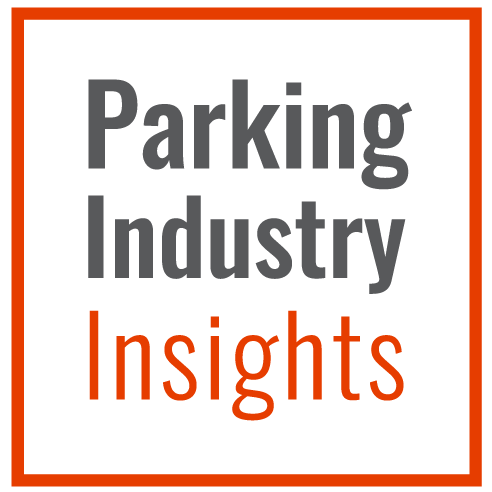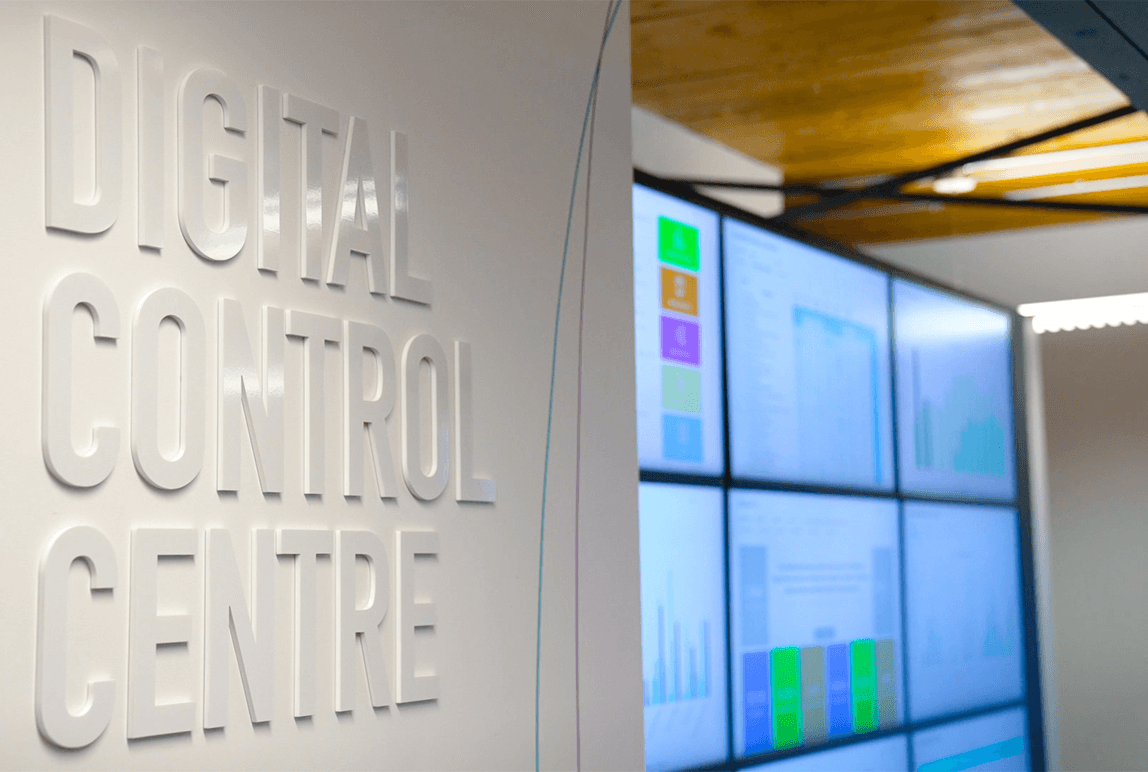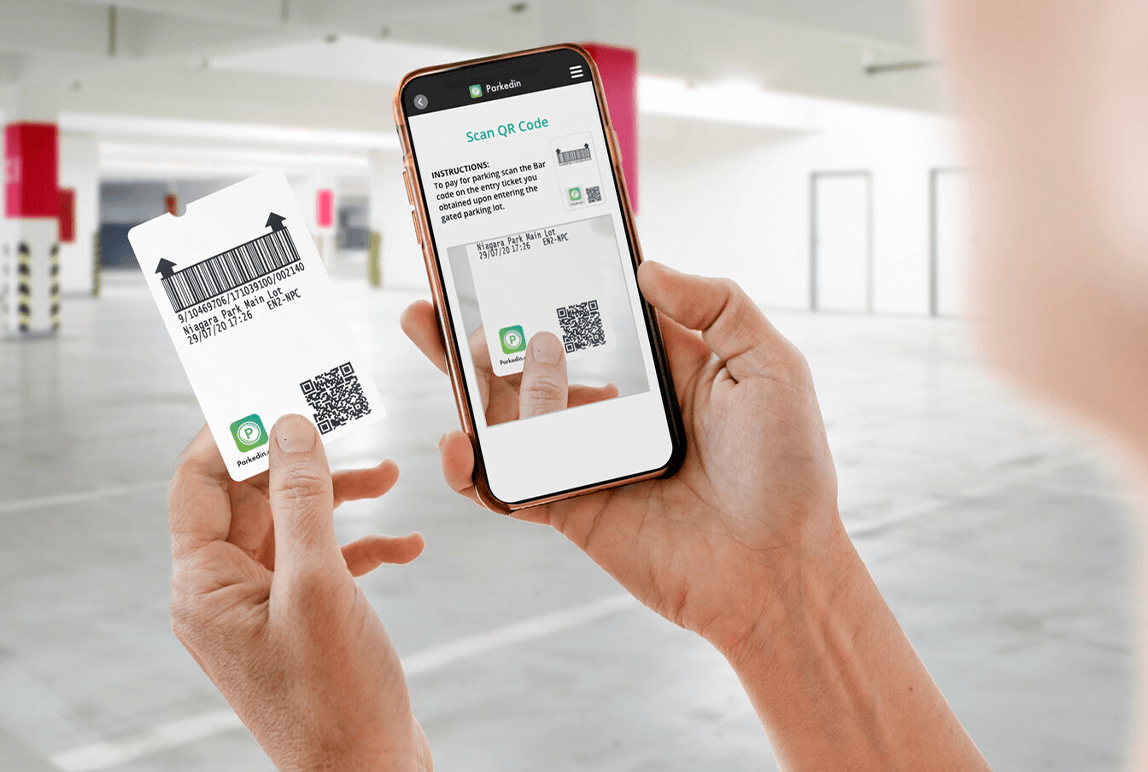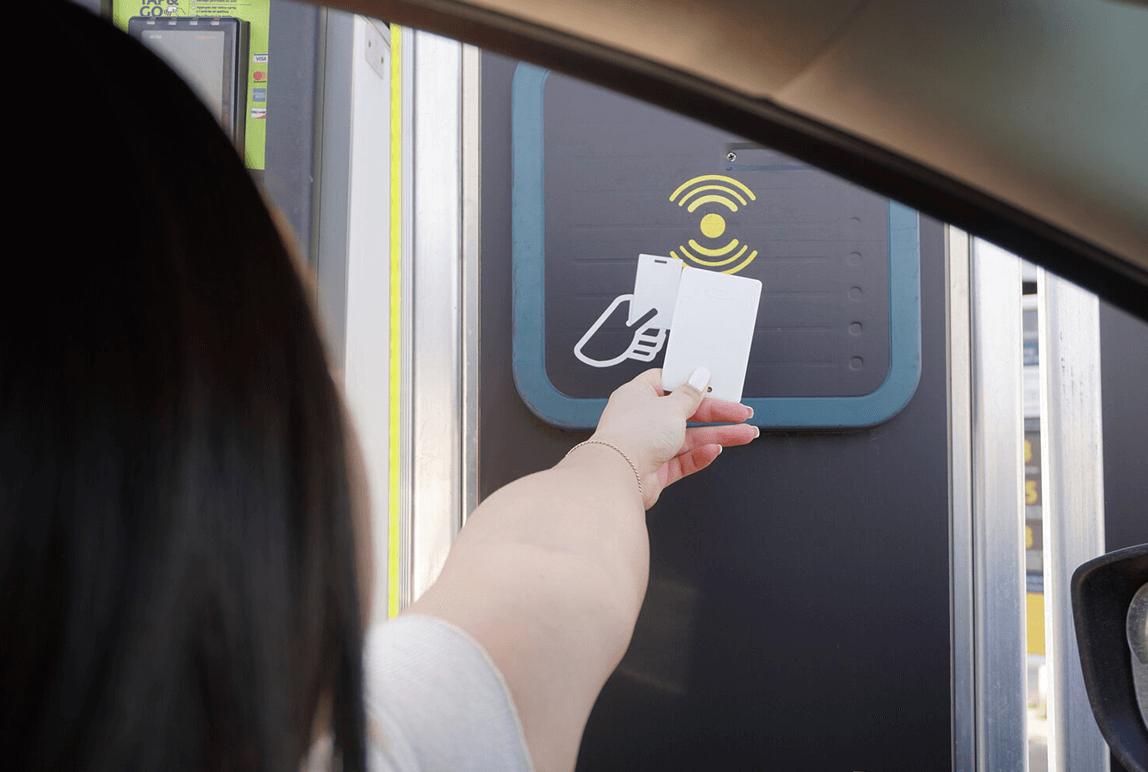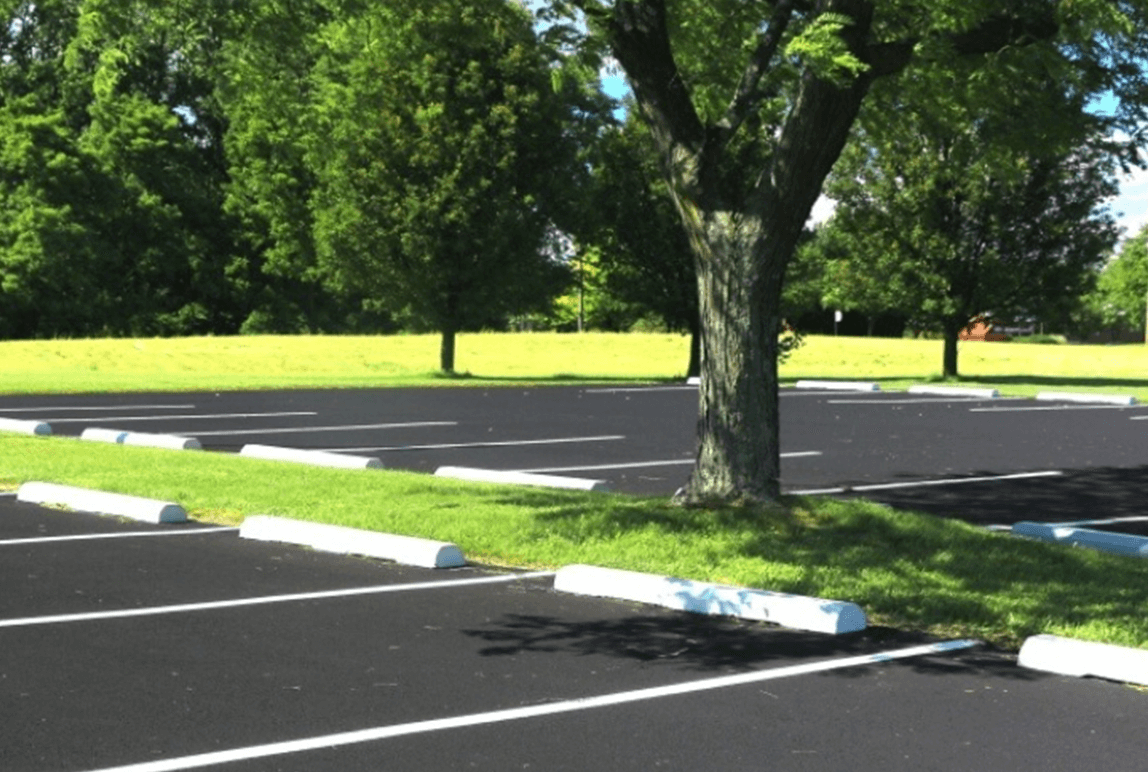Cloud-Based Enforcement: An Introduction
Posted: Nov, 12, 2020 12:41PM ET • 4 min read
Traditional parking payment and enforcement systems, such as pay-and-display, require a great deal of manual intervention, from making a payment at a parking meter and displaying the ticket on your dashboard, to verifying a parker has paid and writing an infraction notice if they haven’t.
All of these steps introduce the possibility of error:
As the world increasingly moves toward being cashless, you may not have exact change for the parking meter
The parking meter’s printer might jam as it’s printing the ticket for your dashboard, leaving you without proof of payment
The enforcement officer patrolling the lot might not have a clear view of the ticket on your dashboard, resulting in an infraction notice being issued
If the enforcement officer is generating these tickets manually, the increased chance of making a mistake could easily result in a successfully contested infraction notice, and thus lost revenue
Digitizing these processes eliminates most of these issues. Paying for parking by credit card simplifies payment issues and entering your own license plate (better still, having it scanned on entry) eliminates the need to display a ticket, the patrol officer may still be enforcing the lot based on a recent report of ongoing parking sessions.
This opens up the possibility that someone will have parked — and paid — in the short time between pulling that report and the patrol beginning, resulting in a infraction notice being issued in error. Although this may seem at first glance like a very minor issue, the inconvenience of challenging an erroneous ticket is a burden your customer should not bear, and it will reflect poorly on your establishment and lead to diminishing revenues.
However, moving payment, enforcement, and ticketing into the cloud lets data be shared between each step in real time to ensure maximum accuracy. The technology behind a cloud-based solution is also versatile enough that it can deployed as part of a number of different PARCS models.
Registration
In an environment where your license plate is your parking credential, your parking session will begin with registering the plate into the facility’s PARCS database.
Depending on the facility, this can happen in any number of ways: you may be asked to enter your license plate number at a parking meter, an automatic license plate recognition system may record your arrival and check your plate against a list of authorized parkers, or you may be offered the convenience of paying for your session via a smartphone app. This latter option gives you the further flexibility to add time to an existing session if you know you won’t make it back to your car before your session expires.
Each of the input methods a facility offers is networked to share data with a central database rather than storing it on the devices themselves.
Enforcement
With parking transaction data stored in a central database, enforcement officers patrolling the parking facility have access to the most current information, seeing in real time what transactions are valid, regardless of how the parker chose to register their license plate. As parking facilities transition away from traditional parking meters and toward mobile devices, more and more enforcement data will be stored in the cloud.
Using a smartphone app, enforcement officers are able to leverage the phone’s camera to take high-resolution pictures of vehicles’ license plates and surroundings for context; optical character recognition software interprets the license plate number and compares it to the list of active parking sessions drawn from the cloud in real time. Likewise, with vehicle-mounted ALPR cameras, patrol officers are able to quickly and automatically scan several vehicles in a fraction of the time it would take to enforce a pay-and-display lot.
In facilities or specific stalls that are strictly time-limited, and where manual enforcement might have required chalking vehicles’ tires, digital tire-chalking syncs with all field devices so that multiple patrollers do not each flag the same vehicle on their respective rounds.
Citation
Vehicles found not in compliance will be issued an infraction notice, as usual, however by drawing directly from the cloud, the citation particulars are populated free of error. Combined with photographic evidence that includes timestamps, GPS location, and context, an error-free infraction notice will be virtually impossible for the illegal parker to contest successfully.
As the infraction notice is being generated via a Bluetooth-enabled printer, the enforcement app simultaneously uploads the relevant data back to the cloud. The printed notices are generally quite configurable, and many parking facility operators choose to include either a barcode or QR code on the notice that, when scanned, takes the parker directly to a secure portal to pay their fee.
Offering a convenient payment option in this way has been shown to improve compliance, and therefore increase parking revenues. What’s more, improved accuracy and the ability to scan hundreds of cars in a short period of time both help to reduce costs significantly.
Given its flexibility to manage both permitted and transient parking facilities by drawing on a database of valid parking transactions, all parking operators should consider deploying cloud-based enforcement technology in their lots.
Share Article:
ABOUT THE AUTHOR
John Ivo
Director, Production and Support Services
As director for Precise ParkLink’s production and support services, John is responsible for setting and enforcing the policies and procedures that ensure all equipment is built to clients’ specifications and supported according to factory recommendations. This means he takes the time to understand his clients’ requirements, coordinates with management to oversee the preparation of production proposals, and works with the production team to monitor and optimize workflow to ensure on-time delivery. When John joined Precise ParkLink in 2013, he brought with him over two decades of engineering, logistics, and project management experience. Early in his professional career, after studying mechanical engineering technology and design, John worked for S&C Electric’s development team, designing high-voltage switches for major clients like municipalities and utilities, including Toronto Hydro. Today, he applies his expertise in engineering theory and practice in a management role, overseeing a team of over 65 employees who are involved in all aspects of the production and service process.
Questions?
Fill out the form below and we will do our best to connect you with a suitable contact.
